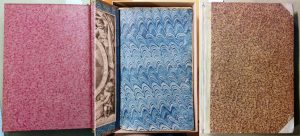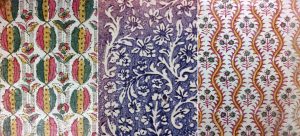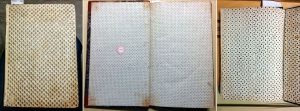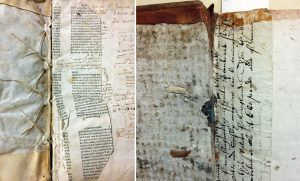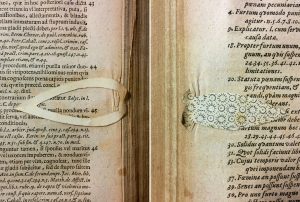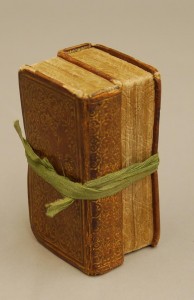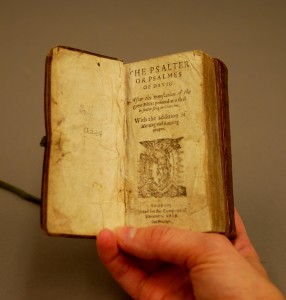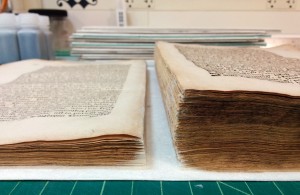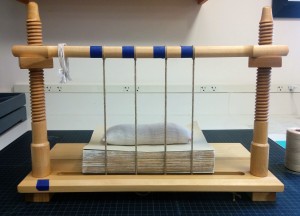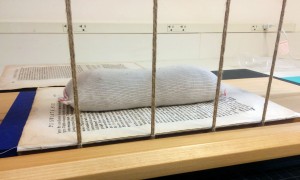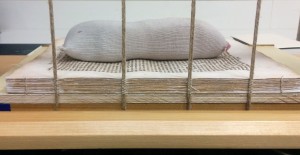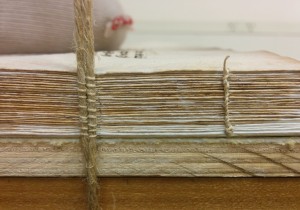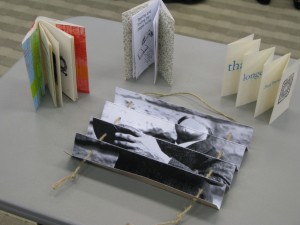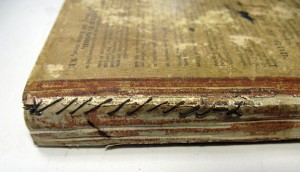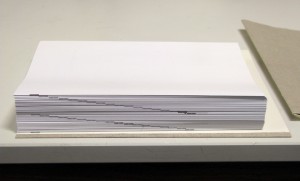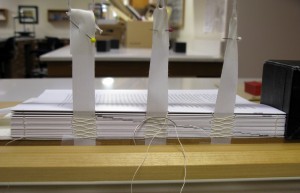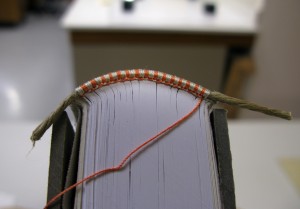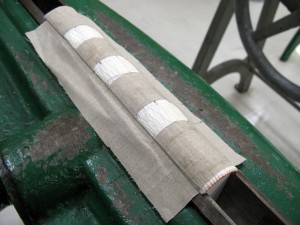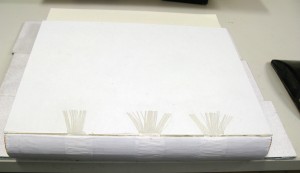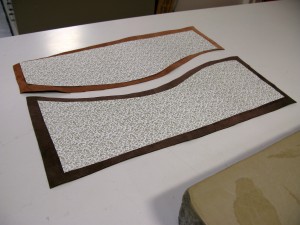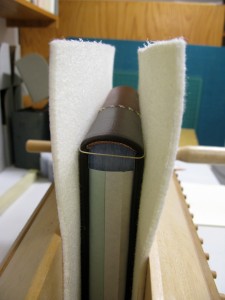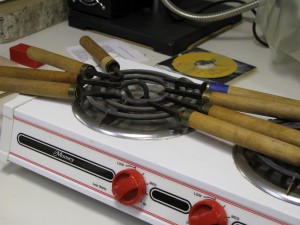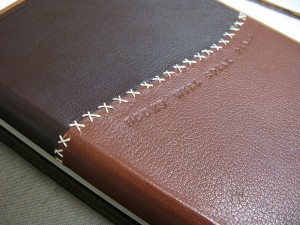An Embarrassment of Riches: Highlights from a Survey of the Summerfield Collection
August 29th, 2017This year I have been conducting a survey of part of the Summerfield Collection of Renaissance and Early Modern Books. It is not an exhaustive survey, but rather a cursory look at each volume to determine its general condition, immediately address minor refurbishment or housing needs, and note any issues that can be followed up on in future projects. I have not been recording every small detail, but I still get to handle and glance over each volume, which is a great treat – the Summerfield collection is truly a treasure. Summerfield’s many beautiful bindings, in particular the limp vellum and ornately tooled alum-tawed pigskin bindings, merit their own post someday. But today I want to share some of the hidden gems that I’ve encountered in the course of my work.
This botanical text (Summerfield D519) has the most lovely line illustrations. Wouldn’t they make absolutely wonderful coloring pages?
(Click all images to enlarge.)
Summerfield E397 has two pieces of binder’s waste manuscript fragments taped into the back of the volume. Whoever put a new binding on this volume in the last century saved the fragments from the earlier binding.
Summerfield contains a wealth of pastepapers in classic crumpled-paper and combed patterns.
There are also printed pastepapers in big, bold patterns…
…as well as tiny, delicate printed patterns.
These endpapers with an oversize printed floral design might be made from wallpaper or wallpaper samples.
Here are two examples of colorful decorated text block edges.
It’s always fascinating to get a glimpse of a binding’s structure and the printed or manuscript matter that binders used in their work.
Traces of prior readers, such as this charming handmade bookmark, can be especially thrilling to encounter. Such evidence makes me feel particularly connected to the past and very lucky that I get to do this job!
Angela Andres
Special Collections Conservator
Conservation Services



